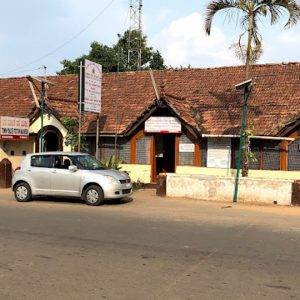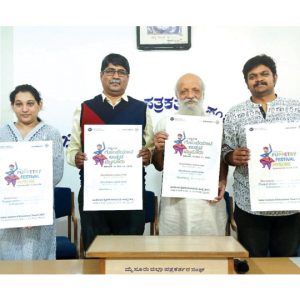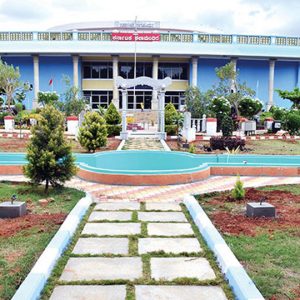The terms environment and ecosystem seem to be used and understood as synonyms, particularly by writers on issues relating to climate change and speakers recognised in society as environmentalists, the tribe trying to enlighten both administrations and lay public on the imperatives of avoiding all human activities that hurt environment to the detriment of both living (biotic) organisms and non-living (abiotic) on land’s surface, beneath the land’s surface, aquatic zones and others. The current scenario across all regions of the world, including India, focussing on worsening environmental conditions, has concentrated attention bestowed on ambient air pollution, fouling of river waters and plastic menace, about which the media has kept the people well-informed, with feeble signs of the literati falling in line in some pockets and the rest not giving up their time-honoured habits that are clearly environment unfriendly. Thanks to copious rains over most parts of the country this monsoon, panic buttons are at rest for now. Also, the depleting groundwater level is not figuring currently in public domain as prominently as before, may be because it is not in public glare, being in embedded environment.
Accessing water to meet the daily needs such as drinking, cooking, washing and bathing as well as farming until the dawn of electricity was beset with physical labour, which meant water was consumed in a self-regulating system. Ease of accessing water, particularly piped water has proved both a convenience and a curse leading to its man-made scarcity.
While the total stock of water both over ground and underground is heading for steady reduction, both quantitatively and qualitatively, there are no signs of reduction in the total population of the country, thus critically reducing the per capita availability of it. Allowing lakes to yield place to residential layouts and doing away with conventional wells are the undoing of urbanites such as in the two major cities of Karnataka, namely Bengaluru and Mysuru, who have resorted to creating borewells on a scale far outstretching the groundwater stock in all regions. A study conducted by a research team, as reported in media last week, has found dramatic decline in agricultural income following the loss of access to groundwater due to drying up borewells.
The consequences of depleting water sources, both terrestrial and subterranian, don’t seem to have dawned on people at large, particularly the sections in cities, including Mysuru, drawing water from borewells. The outlook to groundwater, not visible, being part of the embedded environment, on the part of those householders equipped with borewells reminds us of the story of the greedy farmer killing the fowl laying golden eggs.








Recent Comments